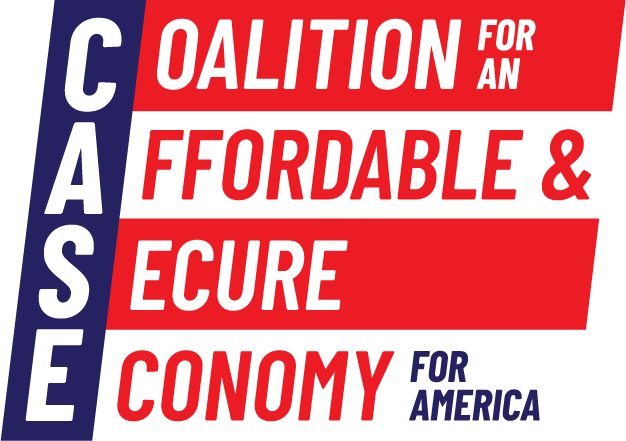Tariffs Must Be Implemented Strategically To Maximize Our Economic Strength
In 2024, voters sent a clear message: affordability matters. American families are counting on President Trump to grow the U.S. economy and defeat inflation. But with the president’s threat of broad-based tariffs, Americans are understandably concerned about the impact to their wallets. Tariffs can hit American consumers with higher prices on the household items they use every day. While tariffs are a tool in the toolbox for a reason – for example, to address unfair trade practices that harm American businesses and workers – they risk raising costs for Americans. Tariffs that are targeted and strategic can be a powerful tool to address trade concerns without negatively impacting American families.
Here’s how a strategic approach to tariffs differs from broad based levies:
Countering China’s Unfair Trade Practices
Broad-based tariffs may raise prices on consumer goods. Targeted tariffs against industries where China engages in unfair practices protects the U.S. economy while enacting maximum pain on China.
The proposed across-the-board tariffs on steel and aluminum, including imports from allies, such as Canada and the European Union (EU), could lead to retaliatory tariffs that harm American workers, manufacturers and farmers. There are many household goods that contain steel and aluminum. Tariffs could drive up prices for items ranging from dishwashers to water bottles and beer cans. A more nuanced approach, applying tariffs strategically, ensures that China bears the brunt of the economic pressure – not American families.
Holding Adversaries Accountable
Opting for strategic tariffs instead of broad tariffs allows the United States to punish bad actors. Broad-based tariffs can result in unintended consequences, such as alienating allies, while failing to hold our adversaries to account. The United States should work collectively with its key trading partners and leverage long-standing relationships to target unfair trade practices by China.
Trade policy should aim to open new markets for U.S. exports while ensuring inflation and prices remain low. A smart tariff strategy involves focusing on areas where U.S. businesses are vulnerable to unfair competition and avoiding policies that make everyday household goods more expensive for American families.
What’s At Stake
Broad-based tariffs on everyday goods could hurt working- and middle-class families by:
- Raising Costs for Consumers: Tariffs raise the price of goods, cutting into disposable income and reducing overall economic growth. According to the Tax Policy Center, past tariffs have effectively lowered after-tax incomes by approximately $1,800 per U.S. household annually. Similarly, the Yale Budget Lab estimates that consumer prices could rise by 1.4 percent to 5.1 percent, costing households an additional $1,900 to $7,600 per year. Gas prices could increase by 30 to 40 cents a gallon after proposed blanket tariffs on Canada.
- Raising Production Costs for American Manufacturers: Many industries manufacturing in the U.S. depend on imported materials and goods to remain competitive. When tariffs are indiscriminately applied to industrial materials, such as steel, aluminum and electronics, manufacturers face higher production costs. A University of Chicago study found that tariffs on washing machines increased consumer costs by $86 for washers and $92 for dryers, ultimately costing Americans more than $1.5 billion.
- Weaker Job Growth: Tariffs are often justified as domestic job creators, yet studies suggest otherwise. A 2024 analysis by economist David Autor found that tariffs had no significant impact on employment in newly protected industries but led to job losses in agricultural and export-dependent sectors. Similarly, economists Kyle Handley, Fariha Kamal and Ryan Monarch estimated that the 2018 and 2019 tariffs acted as an indirect tax on U.S. exports, cutting jobs and slowing growth.
A Better Way
When the U.S. opts to impose tariffs, it must adopt a strategic approach – targeting bad actors namely China without increasing costs for everyday Americans. The United States can remain competitive on the global stage, hold adversaries accountable and grow our economy — all without raising prices on household goods for American families.
###

